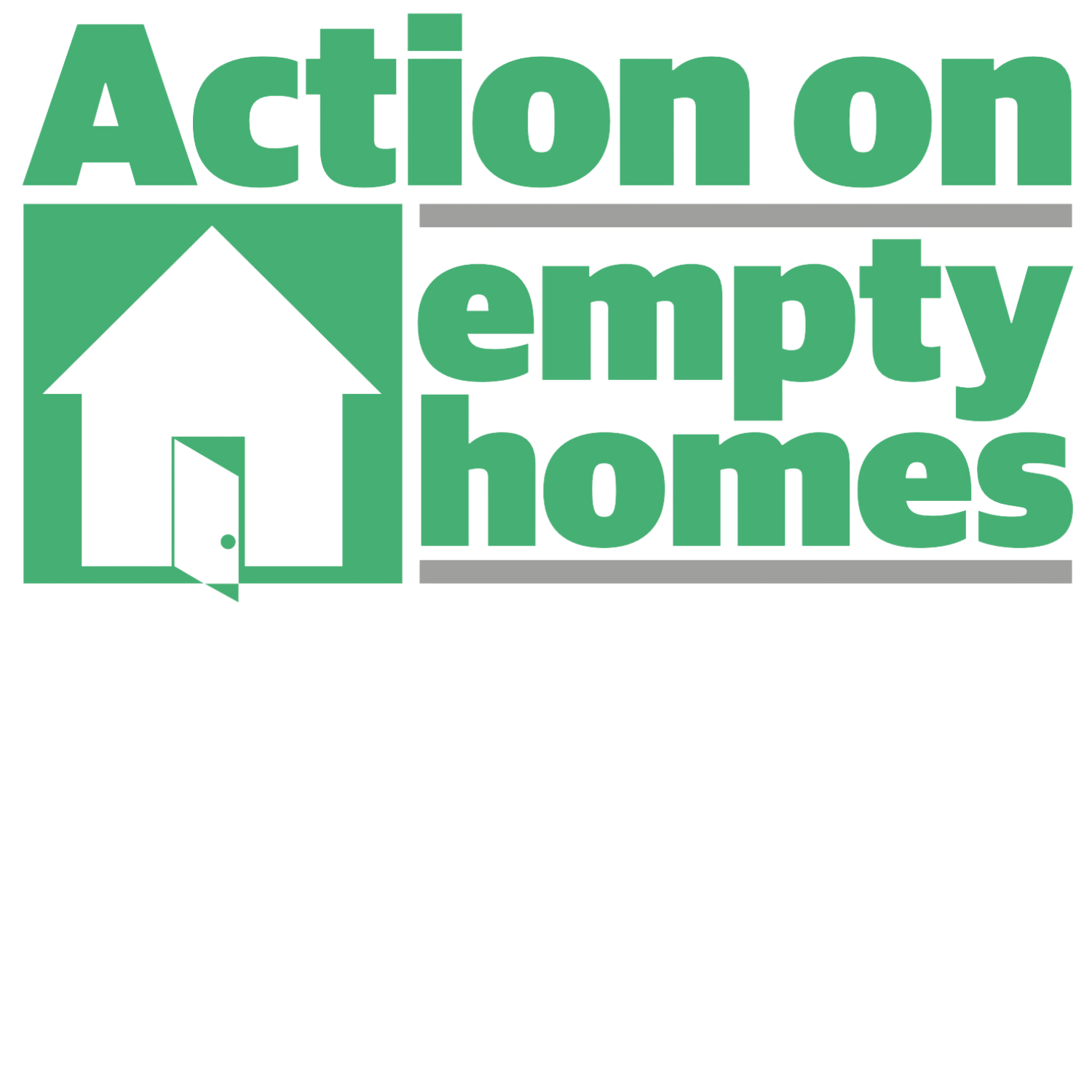Action on Empty Homes publishes the most authoritative guide to empty homes data
Each year Action on Empty Homes analyses the Government’s official data on long-term empty homes, producing the only comprehensive analysis of this data.
Our data breakdowns below are based on Government data published by MHCLG in November 2025.
See ‘Key Takeaways’, below, for the immediate headlines as of 13th November 2025.
We breakdown Council Taxbase data and here you can see an overview of where most homes are out of use in England
For an A to Z listing for all local council areas in England in 2024, see here
Key takeaways
Numbers of long-term empty homes rose yet again by 38,082 to 303,143. Long-term empties are now at their highest level since 2011 (exceeding even 2020s pandemic-related data).
Second Homes total 268,153
Regional Breakdown
What do we mean when we say there are over 1 million empty homes in England? How do we arrive at that figure?
You can check all of numbers - and indeed, get the most up-to-date versions - here. Click on Table 615 and go to the tab ‘All Vacants’.
-
To be classed as ‘long-term empty’ a home has to be liable for council tax and to have been unfurnished and not lived in for over 6 months. This figure is increasing all the time, but as at October 2023, it was 261,189.
-
These are homes which are empty, possibly long-term, but for which there is a reason we might all understand - for example, the owner is in care or has recently died and the property is held in probate, waiting to be transferred to a beneficiary. As at October 2023, these numbered over 200,000.
-
These are homes that haven’t been unfurnished and empty for longer than 6 months but which may well be long-term empties soon. As at March 2024, these numbered over 200,000.
-
These are homes which are not used as somebody’s primary residence. They may, in some circumstances, be used as weekend or holiday homes for their owners, but increasingly they are being used as investments, left to sit empty, accruing value for their owner. As at October 2023, there were over 263,000 of these.
-
These are an extension of second homes - homes not used as primary residences but used to make profit for their owners, short-let for several weeks or months of each year, blocking them from becoming anybody’s home. In many cases owners ‘flip’ to business rates which are often cheaper than paying council tax. As at March 2024, there were believed to be at least 85,000 of these such dwellings, flipped to business rates.

